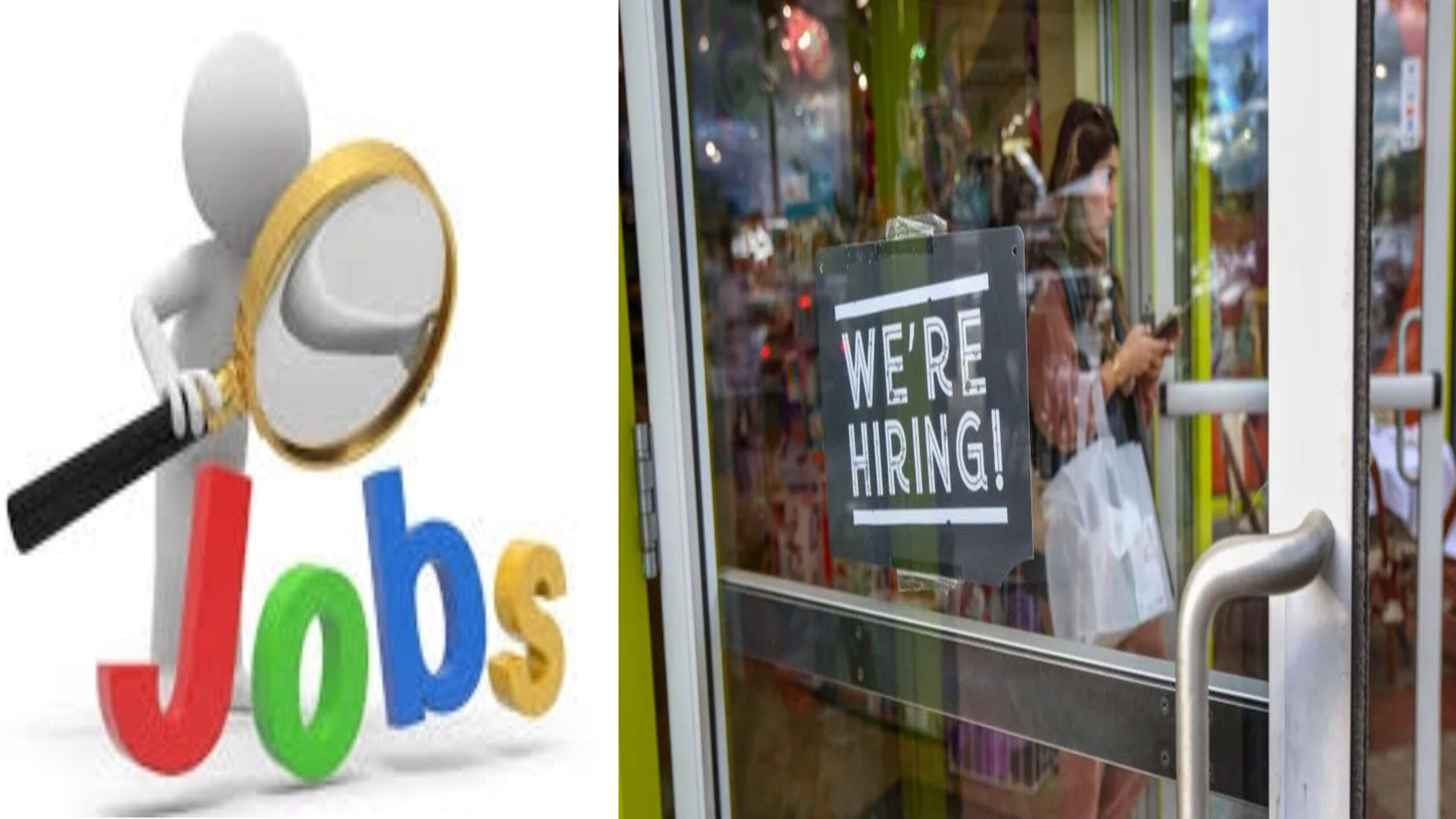The United States’ labor market demonstrated unexpected resilience in January, showcasing significant job growth that challenged widespread forecasts of economic deceleration. The Labor Department reported a robust addition of 353,000 jobs for the month, alongside a noticeable increase in average hourly earnings. Despite these gains, the unemployment rate remained unchanged at 3.7%.
This recent data continues a trend of persistent job growth, confounding economists who had anticipated that the series of interest rate hikes beginning in 2022 would dampen economic momentum. The better-than-expected job figures led analysts to reconsider the likelihood of an imminent rate cut by the Federal Reserve, suggesting a stronger-than-anticipated economic stance. Neil Birrell, Chief Investment Officer at Premier Miton Investors, remarked on the surprise provided by the employment data, noting the significant exceedance of expectations in both job creation and wage growth.
These indicators not only reflect the robustness of the U.S. economy but also diminish the prospects of a near-term recession. The Federal Reserve initiated rate increases two years prior, targeting the highest inflation rates witnessed in decades. The intent was to mitigate economic overheating and alleviate price pressures.
Despite the aggressive monetary tightening, inflation rates have seen a decline from the peaks of 2022, registering at 3.4% in December. The economy has been buoyed by strong consumer spending, partly fueled by savings accumulated during the pandemic, thereby sustaining business activity and, in turn, supporting a vigorous job market. This cycle of consumer spending and job creation has underpinned the economy’s resilience.
The job market’s strength was further underscored by revisions to employment figures for December and November, revealing that hiring was more robust than initially reported. Sectors such as healthcare, retail, and professional services were significant contributors to January’s employment gains. The U.S. economy’s growth rate, reported at an annualized 3.3% for the last quarter of the previous year, further attests to its enduring strength.
Jerome Powell, Chair of the Federal Reserve, recently communicated a cautious optimism regarding the continuation of inflation’s decline without triggering a severe economic downturn. However, he indicated that the Fed seeks more assurance before considering a reduction in borrowing costs, making a rate cut in March unlikely.
The increase in average hourly earnings by 4.5% year-over-year in January has raised concerns among some analysts, who argue that such wage growth in an already tight labor market could impede the rapid decrease of inflation. Fitch Ratings’ Chief Economist Brian Coulton highlighted the potential challenge this wage growth poses to the Federal Reserve’s inflation objectives.
Moreover, the decline in the average number of hours worked weekly introduces additional complexity to the economic landscape, possibly affecting the overall benefits of wage increases.
With the U.S. presidential election on the horizon in November, the monthly employment report has gained political significance. Although consumer sentiment has shown improvement recently, the general mood remains significantly less positive compared to the pre-pandemic era.
Analysts suggest that while recent wage gains have largely kept pace with inflation, the adjustment to new price levels can be challenging for consumers.Charles Franklin, the Marquette Law School Poll Director, highlights the mental toll of adapting to increased prices, emphasizing the challenge of accepting this “new normal” in pricing.
In summary, the U.S. labor market’s performance in January has provided a strong counter-narrative to expectations of economic slowdown, with significant job additions and wage increases highlighting the economy’s resilience. As the Federal Reserve continues to navigate the delicate balance between controlling inflation and supporting growth, the unfolding dynamics of the labor market and consumer sentiment will be critical in shaping the economic outlook for the foreseeable future.
The unexpected surge in job creation and wage growth in January has painted a picture of an economy that not only remains robust but also seems to thrive amid challenges that many predicted would lead to a slowdown. This resilience is particularly notable given the backdrop of aggressive monetary policy adjustments aimed at tempering inflationary pressures. The Federal Reserve’s cautious stance, as articulated by Jerome Powell, underscores the delicate balance policymakers must maintain to ensure inflation declines without precipitating a downturn. This scenario has broad implications, not just for economic policy but also for the political landscape as the country approaches a presidential election. The labor market’s strength serves as a key barometer for the overall health of the economy, influencing consumer confidence and spending patterns. As businesses and consumers navigate this complex environment, the endurance of the job market’s growth streak offers a beacon of optimism. Yet, the challenges of adjusting to a new economic normal, including higher living costs, remain a significant concern for many Americans. This juxtaposition of robust economic indicators against the backdrop of cautious consumer sentiment and inflation concerns will likely continue to shape discourse and policy decisions in the months ahead.

